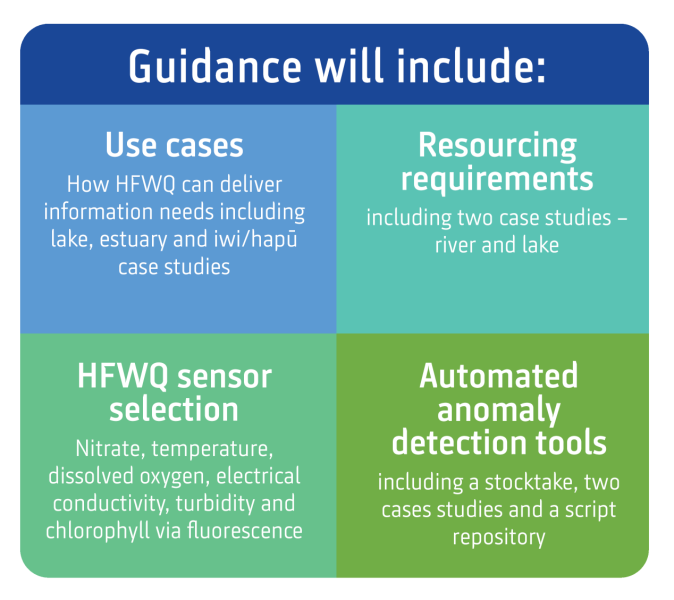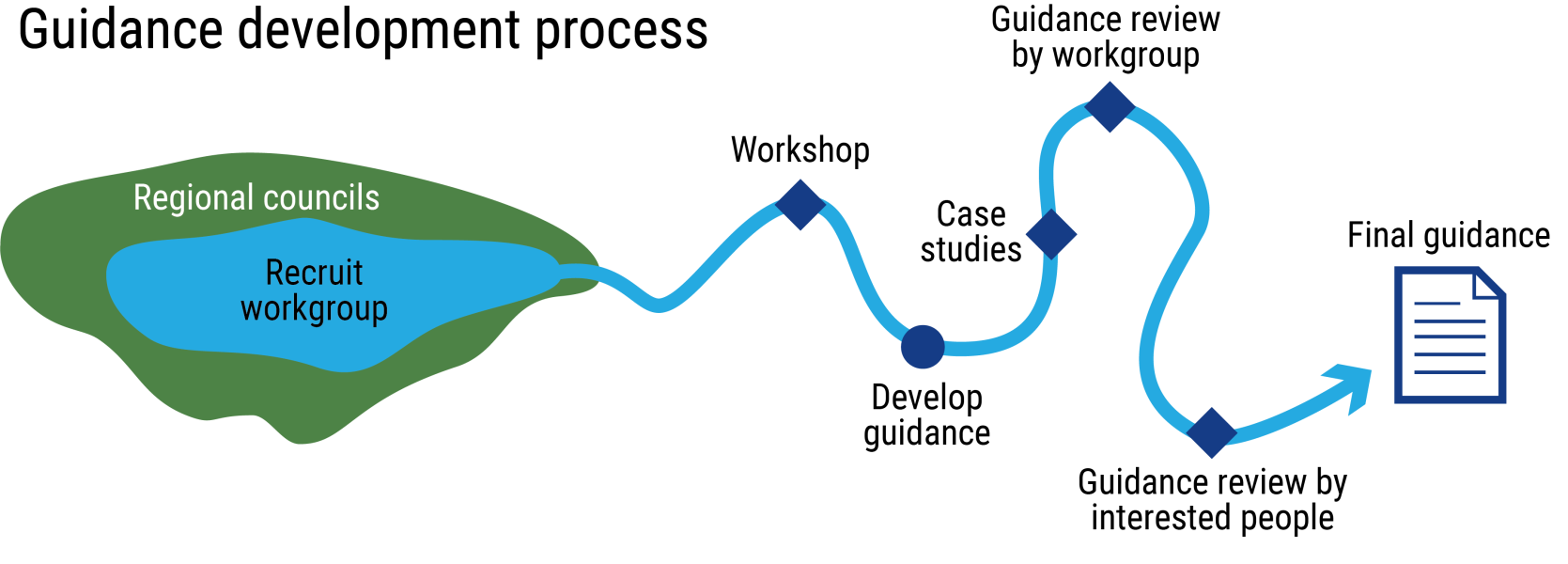A NIWA-led project to support anyone wishing to deploy a water quality sensor in rivers, lakes and estuaries.
Effective management of New Zealand’s aquatic environments requires good information to support decision making. Traditional State of Environment monitoring typically involves collection of 12 discrete data per site per year – little information is available for the remaining 353 days.
Water quality sensors that are capable of high frequency measurement can fill gaps between sample dates by allowing collection of many values each day. Resource managers are recognising the potential for in-situ water quality sensors to increase understanding of land use impacts on aquatic environments. They also need to collect high frequency data for specific attributes in the National Objectives Framework.
However, there is more to collecting high quality data than deploying a sensor in a stream or estuary. To ensure that useful information is generated, benefits and costs are known, and requirements for success are understood adequately, regional council staff have asked for guidance.
High Frequency Water Quality (HFWQ) Monitoring Guidance Project
Regional council (RC) staff and researchers will work together to develop guidance on when use of HFWQ sensors is appropriate, resourcing requirements, sensor selection and automated detection of anomalies in output data.
The use cases and resourcing guidance will support users when developing business cases and planning projects. The guidance will provide information regarding sensor reliability and performance, improving checking and editing of data, reducing time lags between measurements and decision making, as well as improving the quality of decisions.
The final guidance will be made available on the Envirolink website for environmental practitioners, community groups and individuals who are planning to undertake HFWQ monitoring.
Project process
The project will involve multiple teams or workgroups. The project Advisory Group will help ensure that the project delivers ‘fit-for-purpose’ guidance and liaise between SIGs and the NIWA project team to ensure good information flow.
The two-year project will use a modular approach to deliver guidance – with several tasks running concurrently. This will enable the task teams to deliver their finalised guidance regarding acquisition and use of data derived from multiple sensor types during the life of the project. The project started in July 2023 and will finish in June 2025.
Each task with start with recruiting workgroup and workshop participants. Workshops will be used to share knowledge and experiences, develop guidance templates and identify potential case studies. Guidance developed in each task will be available for review by interested people before the final guidance is delivered.
This project is funded by MBIE’s Envirolink Scheme (C01X2301).
Stay up to date
Subscribe to our regular project e-newsletter below
Project partners:
- NIWA
- Auckland Council
- Bay of Plenty Regional Council
- Environment Canterbury
- Environment Southland
- Gisborne District Council
- Greater Wellington Regional Council
- Hawke's Bay Regional Council
- Horizons Regional Council
- Marlborough District Council
- Nelson City Council
- Northland Regional Council
- Otago Regional Council
- Taranaki Regional Council
- Tasman District Council
- Waikato Regional Council
- West Coast Regional Council





